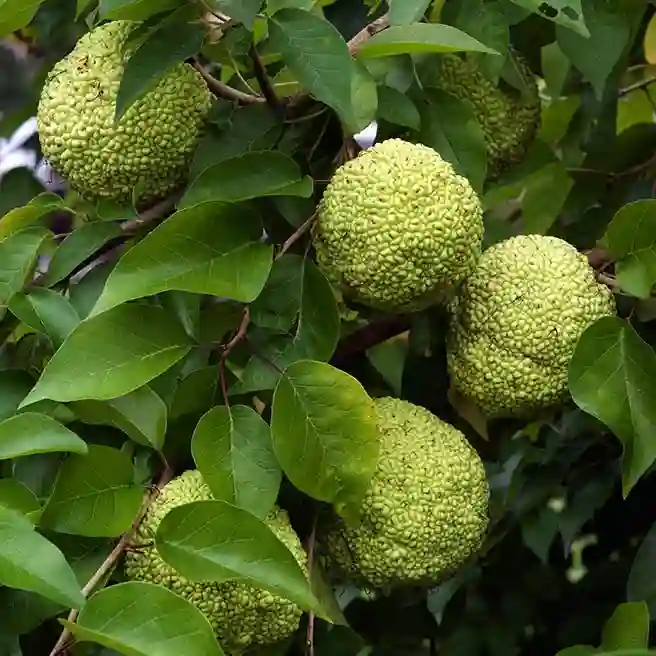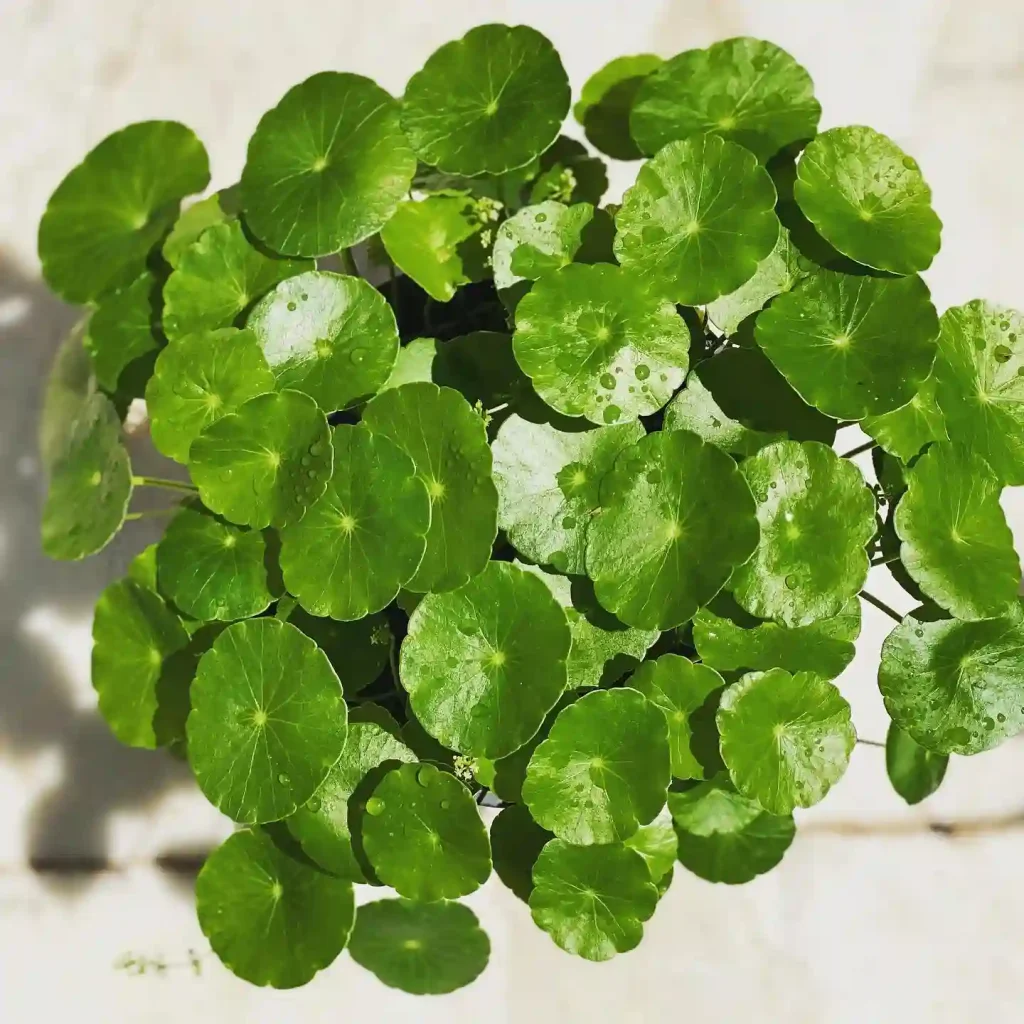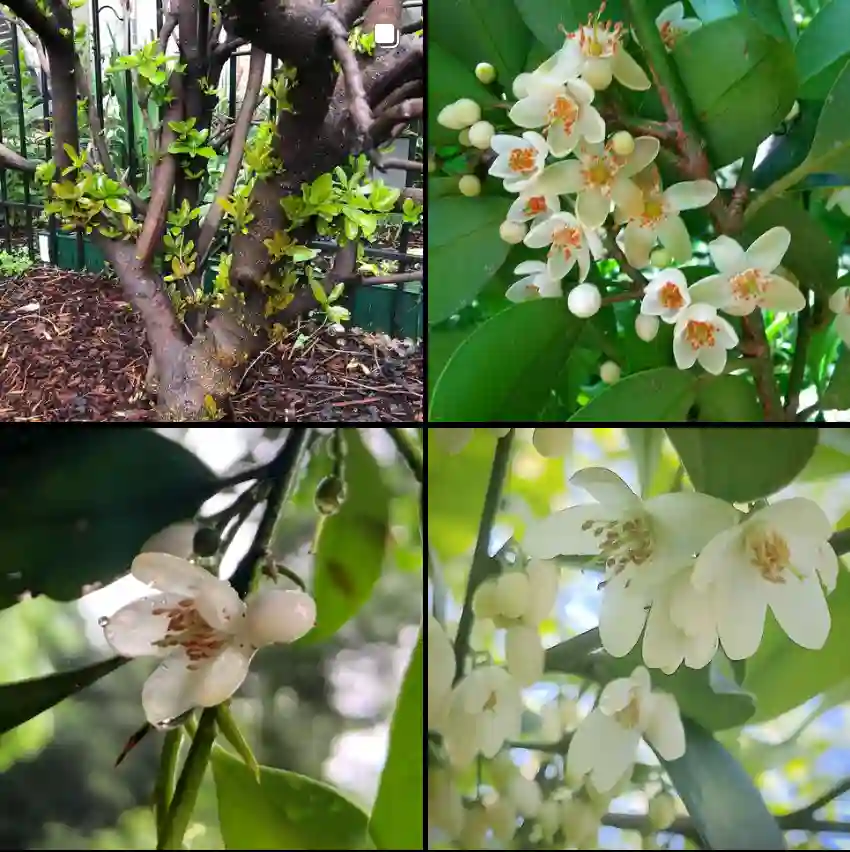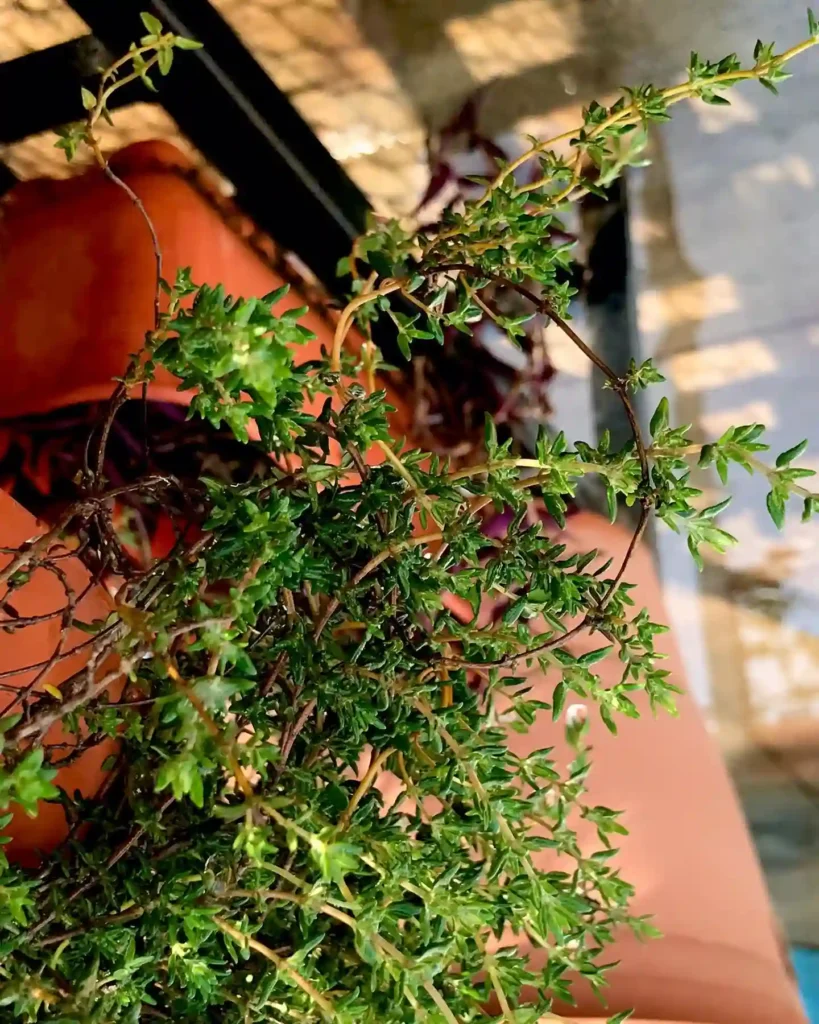Isotoma: A Closer Look at a Fascinating Genus
I’ve always been drawn to the intricate beauty of the natural world, especially the diverse and often overlooked world of plants. One genus that has particularly captured my attention is Isotoma, a group of flowering plants belonging to the family Campanulaceae. Native to Australia and New Zealand, these plants are a testament to the resilience and adaptability of nature, thriving in a variety of habitats from coastal cliffs to alpine meadows.
What initially attracted me to Isotoma was the sheer variety within the genus. These plants come in a range of forms, from delicate creeping herbs to robust shrubs. Their leaves, often arranged alternately along the stem, can be simple or deeply lobed, adding to their visual appeal. But it’s the flowers that truly steal the show. Ranging in color from vibrant blues and purples to subtle whites and creams, they boast a unique star-like shape with five petals that spread outward from a central point. This distinctive morphology is a key characteristic of the genus and contributes to its charm.
Delving into Diversity: Species in Isotoma
The genus Isotoma encompasses a fascinating array of species, each with its own unique characteristics and adaptations. While the exact number of species is subject to ongoing taxonomic research, some of the most notable include:
- Isotoma axillaris: Commonly known as the Rock Isotoma, this species is recognized by its striking blue, star-shaped flowers and its preference for rocky outcrops and well-drained soils.
- Isotoma fluviatilis: Often referred to as the Blue Star Creeper, this species forms a dense mat of foliage adorned with delicate blue flowers. It thrives in moist environments and is often found near waterways.
- Isotoma petraea: This species, the Rock Isotoma, is adapted to arid conditions and is characterized by its succulent leaves and ability to withstand drought.
- Isotoma scapigera: This species is known for its unique flower structure, where the petals are fused together at the base, forming a distinct tube.
- Isotoma armstrongii E.Wimm.
- Isotoma baueri C.Presl
- Isotoma gulliveri F.Muell.
- Isotoma hypocrateriformis (R.Br.) Druce
- Isotoma luticola Carolin
- Isotoma pusilla Benth.
- Isotoma rivalis (E.Wimm.) Lammers
- Isotoma tridens (E.Wimm.) Lammers
The Importance of Isotoma
Beyond their aesthetic appeal, Isotoma species play a crucial role in their respective ecosystems. Their flowers are a valuable source of nectar for pollinators such as bees, butterflies, and moths, contributing to the health and biodiversity of their habitats. Additionally, some Isotoma species have been used traditionally for medicinal purposes by indigenous communities. However, it’s important to note that some species, contain toxic compounds and should not be ingested.
Conservation and Cultivation
As with many native plant species, some members of the Isotoma genus face threats due to habitat loss and degradation. Conservation efforts are crucial to ensure the continued survival of these valuable plants. Fortunately, many Isotoma species are relatively easy to cultivate in gardens, providing an opportunity for plant enthusiasts to contribute to their preservation. By choosing to grow these beautiful and resilient plants, we can help to safeguard their future and appreciate their unique place in the natural world.
In my own journey of exploring the world of plants, Isotoma stands out as a genus that embodies both beauty and resilience. Its diverse array of species, each with its own unique characteristics and adaptations, serves as a reminder of the incredible complexity and wonder of the natural world. By learning about and appreciating these often-overlooked plants, we can deepen our connection to nature and contribute to its preservation.
If i die, water my plants!



